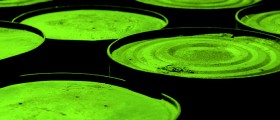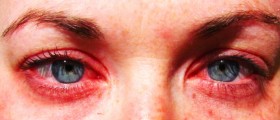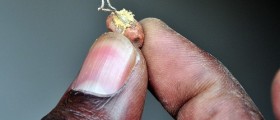
Molds are fungi that grow and develop in a particular way, in a form of multicellular filaments (hyphae). Such fungi may multiply in any environment rich in oxygen, moisture and organic matter. They produce simple and lightweight spores that are easily dispersed and spread with the assistance of air. Because of that spores are considered a frequent component of atmospheric and household dust. In case of exposure to huge amounts of spores the person may develop skin allergy and some respiratory problems.
What is Toxic Mold?
Toxic mold is a type of mold capable of producing mycotoxins. However, it is essential to be familiar with the fact that not all molds are toxic. Those that may cause damage in humans include the following species: Aspregillus, Fusarium, Paecilomuces, Peniccilium and Stachybotrys. Stachybotrys is most definitely the most dangerous of all the previously mentioned species. The strength of the toxin produced by molds depends on the environmental conditions including oxygen, moisture and temperature.
What are Symptoms of Toxic Mold Exposure?
The symptoms and signs of toxic mold exposure generally depend on the way the toxin gets into contact with the body. Namely, one can have dermal contact with mold and its toxin, inhale mold or ingest it. The intensity of symptoms and signs generally depend on the amount and severity of mycotoxins and the strength of the immune system of the host. It is estimated that small children, people with weak immune system as well as those with a medical of family history or allergy are more susceptible to detrimental effects of toxic mold.
There is a whole variety of symptoms and signs associated with toxic mold exposure. The toxin generally leads to allergy and respiratory problems. However, other organs and organ systems may be affected as well.
The most common symptoms and signs of toxic mold exposure are sneezing, itching skin, skin redness and irritation, watery and itching eyes and headaches.
In case the exposure is prolonged or in case a person is occasionally exposed to mold toxins but the exposure continuously repeats there are additional symptoms and signs. They include constant headaches, chronic fatigue, pain in joints and muscles, nose bleeds, chronic sinus infection, chronic bronchitis, sudden asthma attack, breathing difficulties and coughing up blood.
Gastrointestinal symptoms and signs include nausea, vomiting, diarrhea, loss of appetite and weight loss. Furthermore, there may be hair loss, skin rashes, open sores on the skin and swelling of glands in the neck or under the armpits. In some cases patients may develop memory loss, certain neurological and nervous disorders and suffer from sexual dysfunction.
And finally, in case of higher level of exposure to toxic mold one may end up with blindness, serious brain damage, long-term memory loss, bleeding lungs, cancer or even death.





_f_280x120.jpg)











Your thoughts on this
Loading...